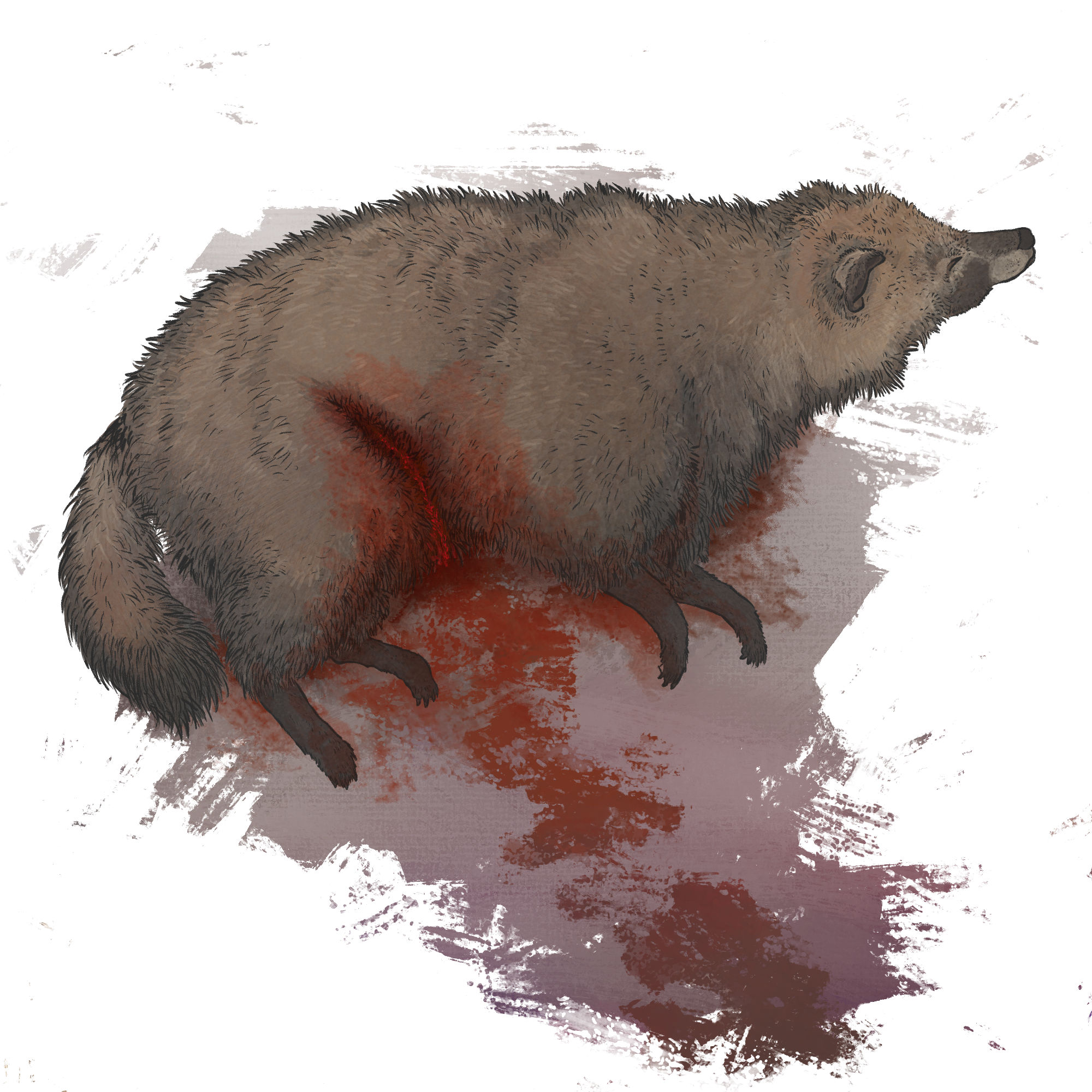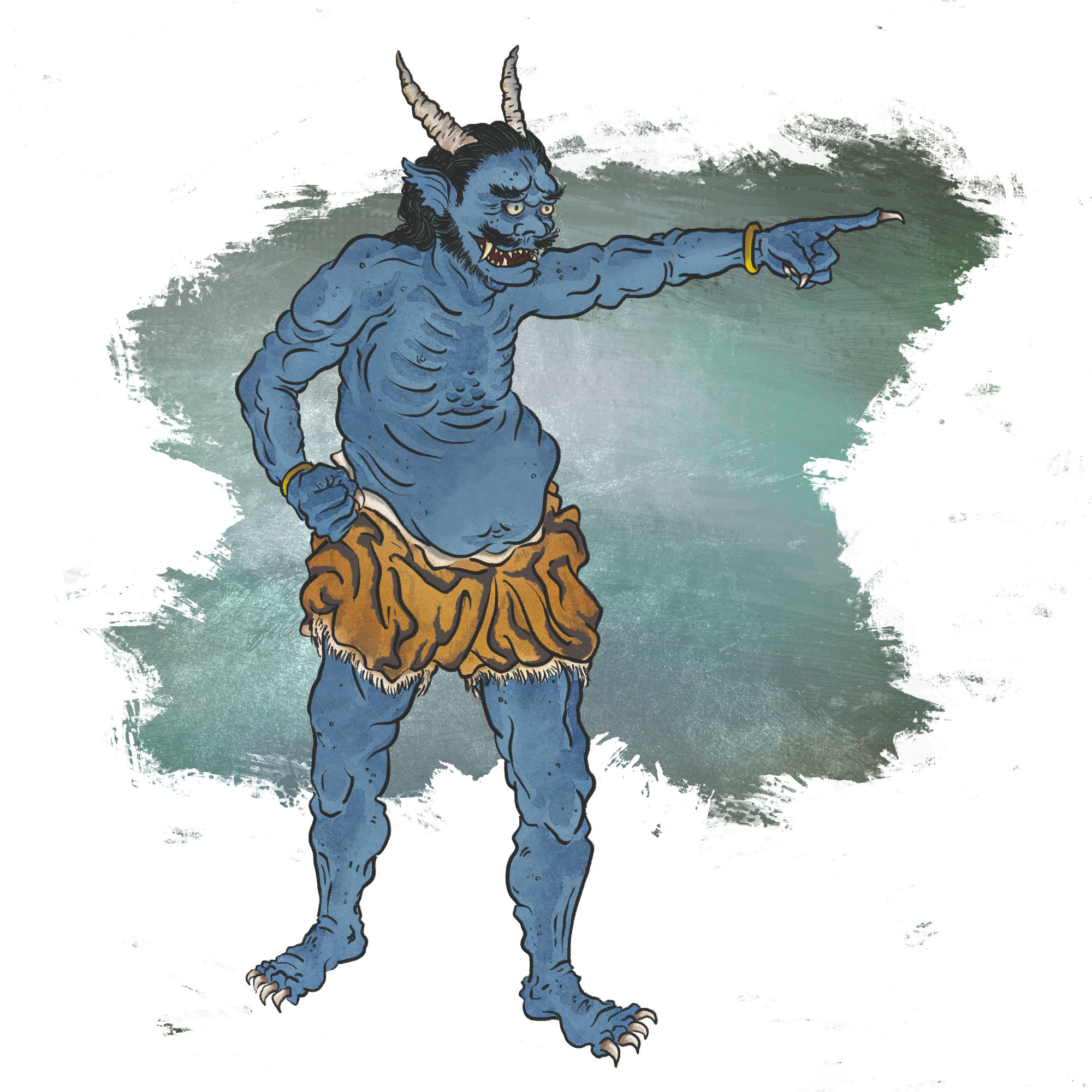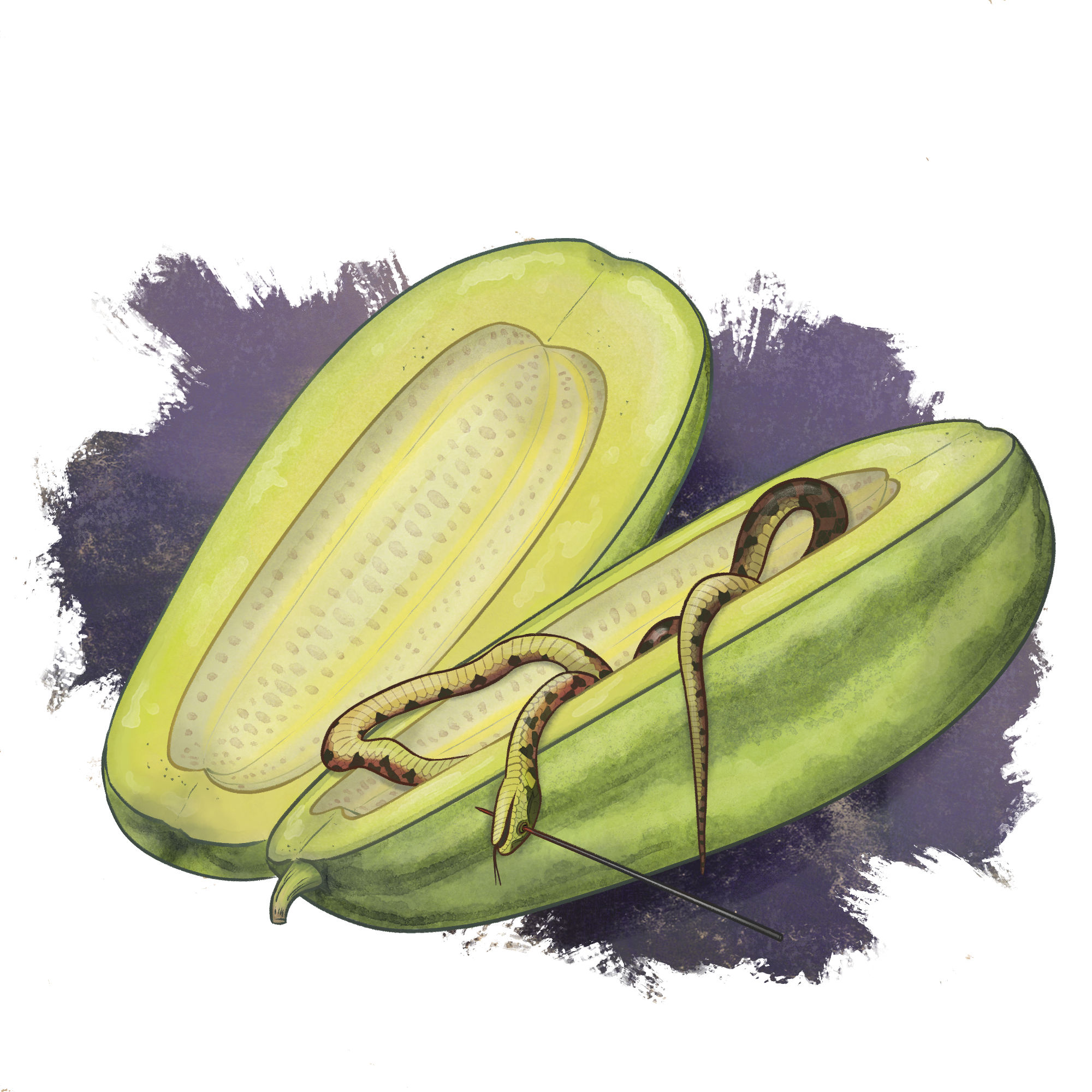Tonight’s story doesn’t feature a yokai, but a yama no kami (mountain spirit/god) instead. Well, that sort of begs the question of what is a yokai vs what is a god, and honestly that question isn’t easy to answer — but I’d say in general that if a supernatural figure is worshiped and respected, it gets to be a god, while if it’s not, it gets to be a yokai. Of course there are exceptions, but that works as a good rule of thumb. Anyway…
There’s a few other terms in this story that probably need some cultural explanations. This contains spoilers, so if you want to read the story first, skip this part now and come back afterwards.
First, sekihan, which is a kind of sticky rice mixed with azuki beans. It is considered a special dish, to be made on celebratory occasions like birthdays, holidays, and so on. In the case of this story, it is made as a religious offering.
Next, the kosode, which is a short-sleeved kimono that has evolved over the centuries, but in the time of this story it was used as an undergarment, worn directly on the skin under a kimono. This is significant, because the zatō is able to wear the same garment that a person with smallpox wore without getting sick himself. Smallpox was highly contagious, so the fact that the zatō is able to wear this kosode without contracting smallpox himself serves as a testament to his divineness in the eyes of the villagers.
And lastly, kengyō. In this story it is used like a name, but it is actually a title. Since the middle ages, certain types of work were controlled by an organization called the Tōdōza — a guild made up solely of the blind and visually impaired, which served as sort of social welfare to ensure that they could earn an income without competition from the sighted. The Tōdōza had a monopoly on several professions, including massage, playing the biwa, acupuncture and moxibustion. The Tōdōza had a very hierarchical ranking system. The highest ranking members were kengyō, followed by bettō, then kōtō, zatō, shibun, ichina, and han. At the very top was a single individual who was the sōroku kengyō (“chief administrator”). Beneath him were ten administrators called the jūrō kengyō (“ten elder administrators”), ranked from one (lowest) to ten (highest). (Often, any person in this guild was referred to as a zatō, a term we’ve seen in many yōkai stories, regardless of actual rank.) High ranking zatō could be quite powerful, serving feudal lords as doctors, scholars, administrators, and even spies. Ranking up in this system was not really a question of skill — it was a question of money. Each rank cost a certain amount of money, and you had to buy your way up the ladder. This story starts off talking about how Okushima Kengyō never ever held a single official rank; this is because he was a poor man and not due to any other reason. But due to the money he received by acting as an intermediary of this mountain god, he made enough money to rise from no rank at all at age 60, to kengyō at age 73, all the way up the the jūrō before the end of his life. In other words, he skyrocked to the 2nd highest rank of zatō in just a few years!
How Okushima Kengyō Climbed the Bureaucracy Thanks to a Mountain God
For his whole life until he was sixty years old, the man called Okushima Kengyō had never held a single official rank. He made his living doing this and that, walking place to place.
In Kumano he got lost on a mountain path, and he stopped in the shadow of a large tree to rest for a while. Then a loud voice came from the sky above the tree: “Zatō! Zatō!” it called. Okushima was startled. He lowered his head to the ground in fear.
“If you are hungry, eat this,” came the voice. And it gave him a bowl of warm sekihan.
Okushima wondered what kind of person this was, but he was so hungry and tired that he just expressed his gratitude and ate. Then the voice came again:
“Zatō, if you are cold, wear this.” And a kosode came down from the sky above the tree. Okushima took the kosode and wore it underneath his own kimono. Then the voice came from above the tree again:
“Zatō, if you want to get to the village, I will show you the way. Follow my voice.”
Okushima was grateful, and he followed the voice as it directed him here and there. At first, when he was alone, it was very difficult to walk on the boulders and stones; but when he followed the voice it was like walking on tatami mats. Before long he arrived at a village.
“Take a room at that house,” said the voice.
Okushima requested a room at the house he was shown, and the master served him a several dishes, starting with sekihan. Okushima thought it was strange that he was served sekihan again, and the master asked him, “Master Zatō, why do you seem puzzled? Tell me the reason.”
“Well, it’s just that before, when I got lost on the mountain path, I had some sekihan, and it tasted exactly the same as this sekihan.” He explained everything that happened, and showed the kosode that he was wearing under his kimono.
The master was astonished and said, “Well, this is a strange thing! My daughter will turn fifteen this year, and she recently was sick with smallpox, so I prayed to the mountain god, and then she recovered completely. So last night I made some sekihan and offered it along with the kosode that my daughter wore on her skin to the mountain god. It seems that the mountain god took a liking to you, Master Zatō.”
He then prepared a great feast and announced to the village, “Anyone who wants to pray to the mountain god should visit Master Zatō!” And so as the villagers vied with each other for his favor, Okushima was showered with silver and gold, and at the age of seventy-three he was made a kengyō, eventually rising to the rank of jūrō kengyō. He lived until the age of ninety, and he died in the 14th year of Kan’ei (1637).








